
AeroGenie — Votre copilote intelligent.
Tendances
Categories
China’s Flying Taxi Industry Faces Challenges
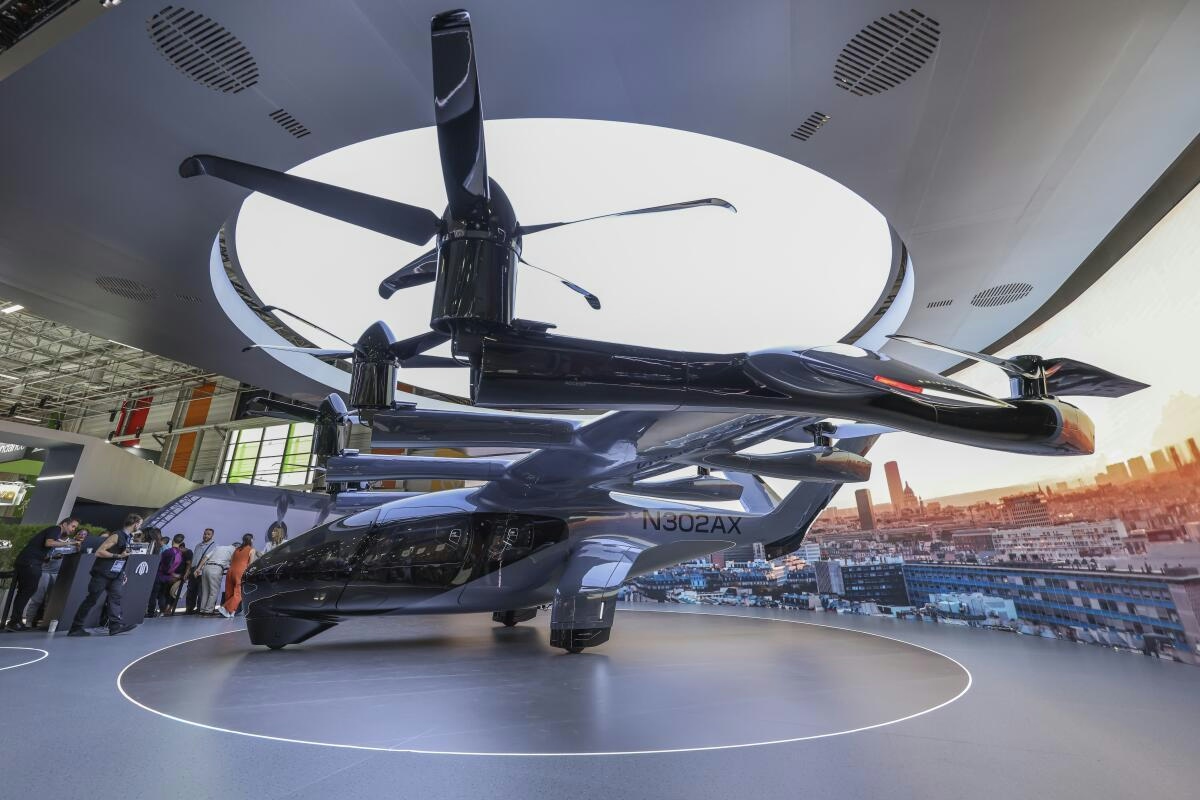
China’s Flying Taxi Industry Faces Regulatory and Competitive Turbulence
China is rapidly emerging as a testing ground for advanced aerial transport technologies, with unmanned flying taxis from companies such as EHang currently undergoing trials in Guangzhou. These oval-shaped vehicles, which emit a distinctive whirring sound reminiscent of miniature helicopters, hover above riverside innovation zones, bringing to life visions once confined to science fiction. This development forms part of a broader “low-altitude economy” that is already reshaping daily life in cities like Shenzhen, where food-delivery drones have become a familiar sight and a novel attraction for visitors.
A recent example of this technological integration was experienced by Polish tourist Karolina Trzciańska, who ordered bubble tea and lemon tea via drone delivery. She described the experience as “super fun,” highlighting the growing public engagement with drone-based services even under challenging weather conditions.
Expansion and Economic Impact
The low-altitude economy in China is expanding swiftly, supported by substantial government investment and policy initiatives. In 2023, commercial activities operating within airspace below 1,000 metres generated a turnover of 506 billion yuan (£55 billion), representing 0.4 per cent of the national economy. Zhang Xiaolan, a researcher at the State Information Center, projects this figure could escalate dramatically to 3.5 trillion yuan (£380 billion) by 2035.
Guangdong province stands at the forefront of this sector, hosting industry leaders such as DJI, which controls approximately 70 per cent of the global commercial drone market. Other prominent players include EHang, SF Express’s drone division Phoenix Wings, and XPENG’s flying car unit ARIDGE. In October, Guangdong authorities announced plans to accelerate the development of flight service stations and operational platforms to better manage airspace usage. Additionally, the province intends to promote low-altitude tourism through locally issued discount vouchers, further stimulating the sector.
Challenges and Competitive Pressures
Despite the promising growth, China’s flying taxi industry confronts significant challenges. Regulatory barriers remain a primary concern, with companies encountering difficulties in obtaining the necessary approvals for commercial operations. The protracted approval process has caused delays and has drawn criticism for encouraging “certification tourism,” where firms seek regulatory clearance in jurisdictions with less stringent requirements before pursuing certification in markets such as the United States and Europe.
Safety issues and technical constraints, particularly related to battery life, add further complexity to the industry’s development. Concurrently, the competitive environment is intensifying as international firms like Archer Aviation and Joby Aviation increasingly focus on the Middle East, attracted by faster regulatory approvals. This shift places additional pressure on Chinese companies to accelerate innovation and regulatory compliance to maintain their competitive edge.
As China’s low-altitude economy continues to evolve, the flying taxi sector remains at a critical juncture. While buoyed by technological innovation and strong government support, it must navigate regulatory, safety, and competitive challenges that will shape its future trajectory.

Deutsche Aircraft Appoints Ernst-Georg Schröder Manager of Final Assembly Line for D328eco
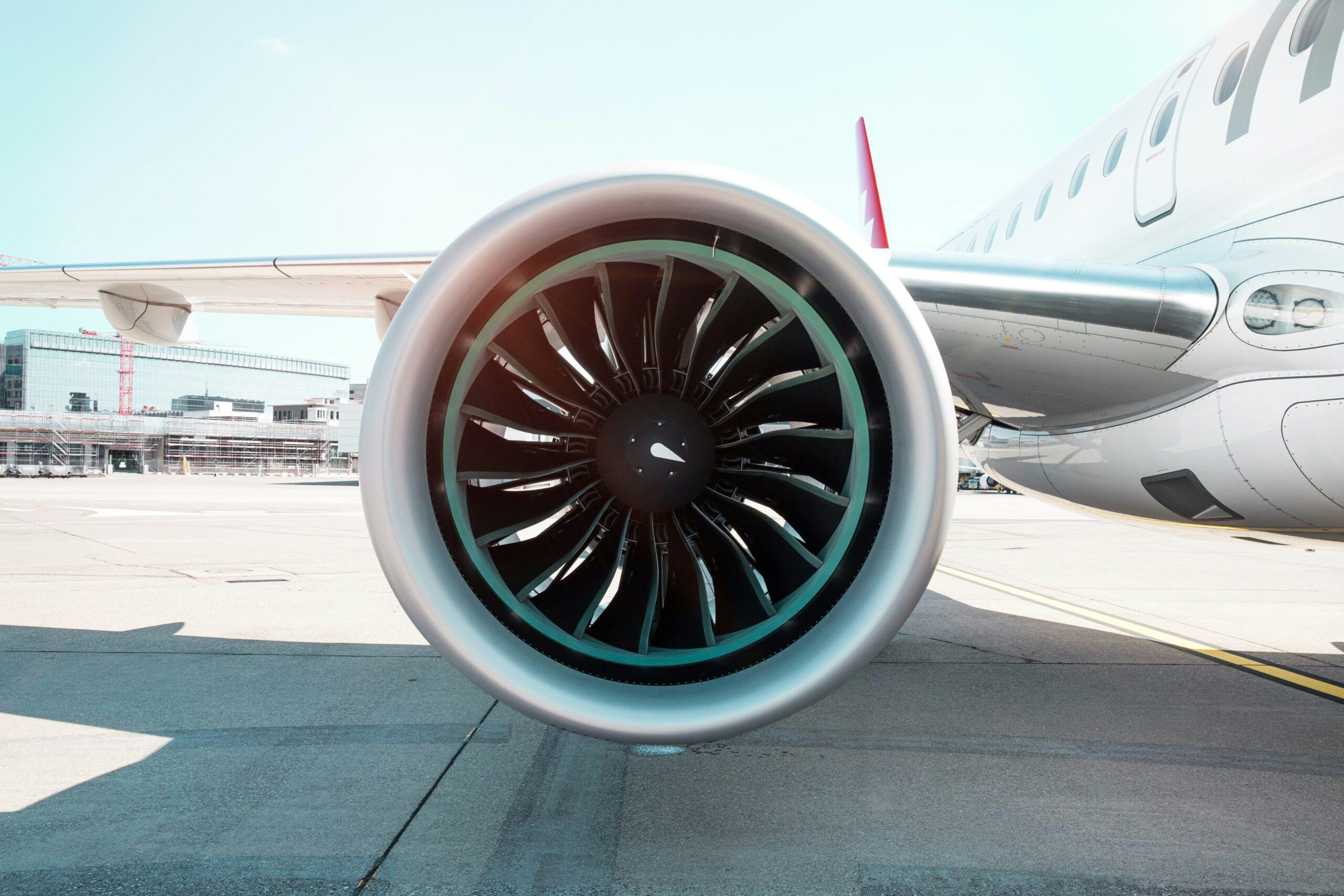
Leading Companies in Aviation Artificial Intelligence: Airbus, Amazon, Lockheed Martin, Tata Power, Thales
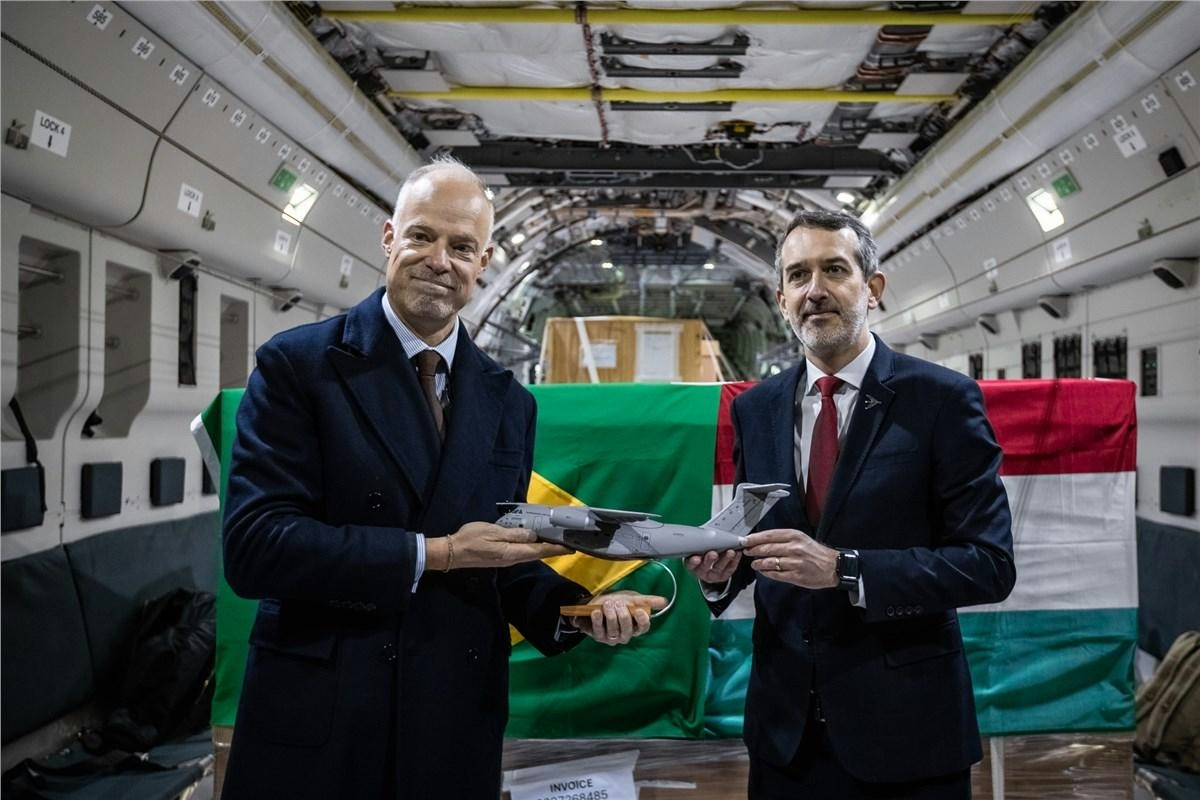
Embraer and ILIAS Partner to Enhance Military Fleet Management
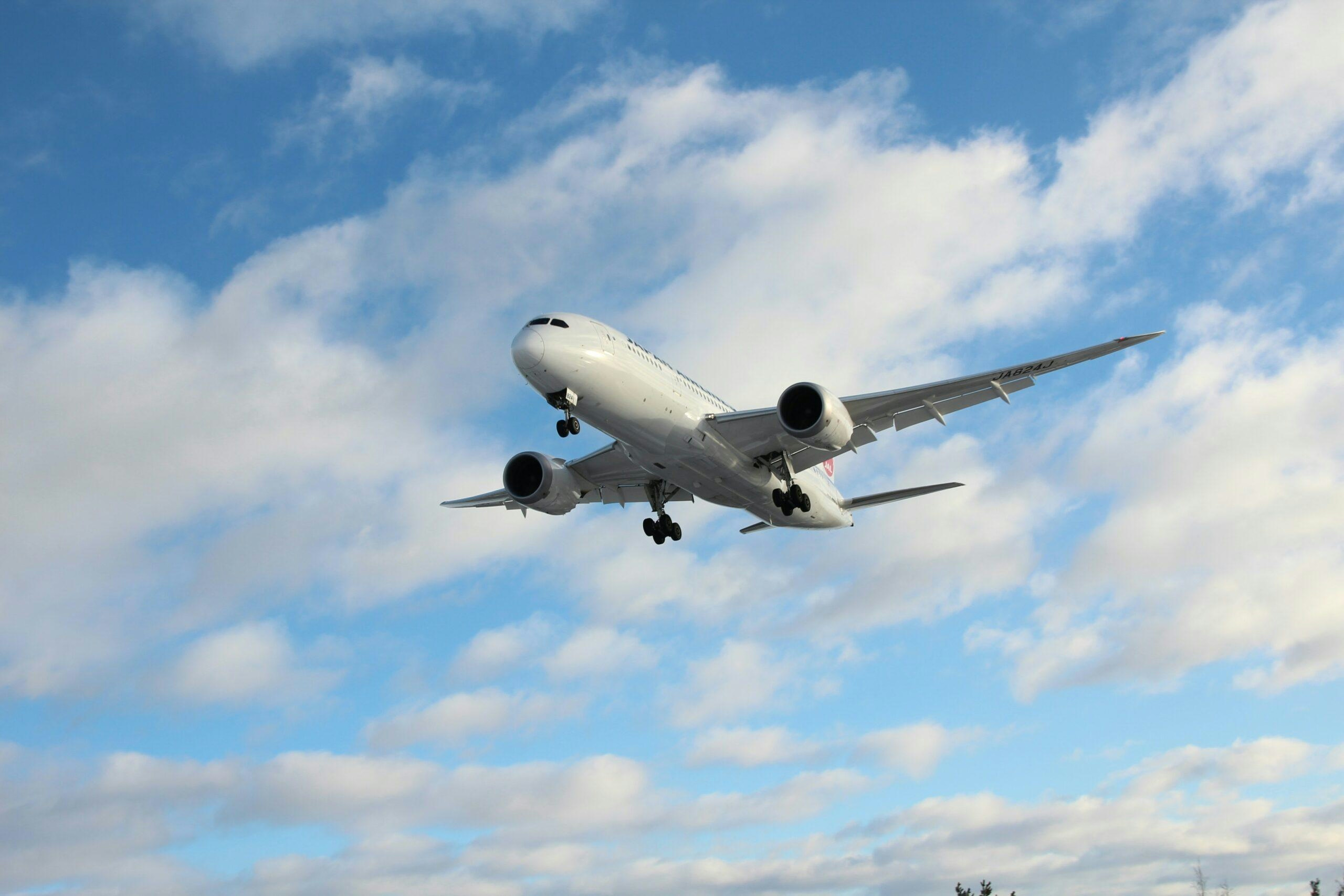
Warburg Pincus Acquires Hong Kong-Based Topcast Aviation Supplies
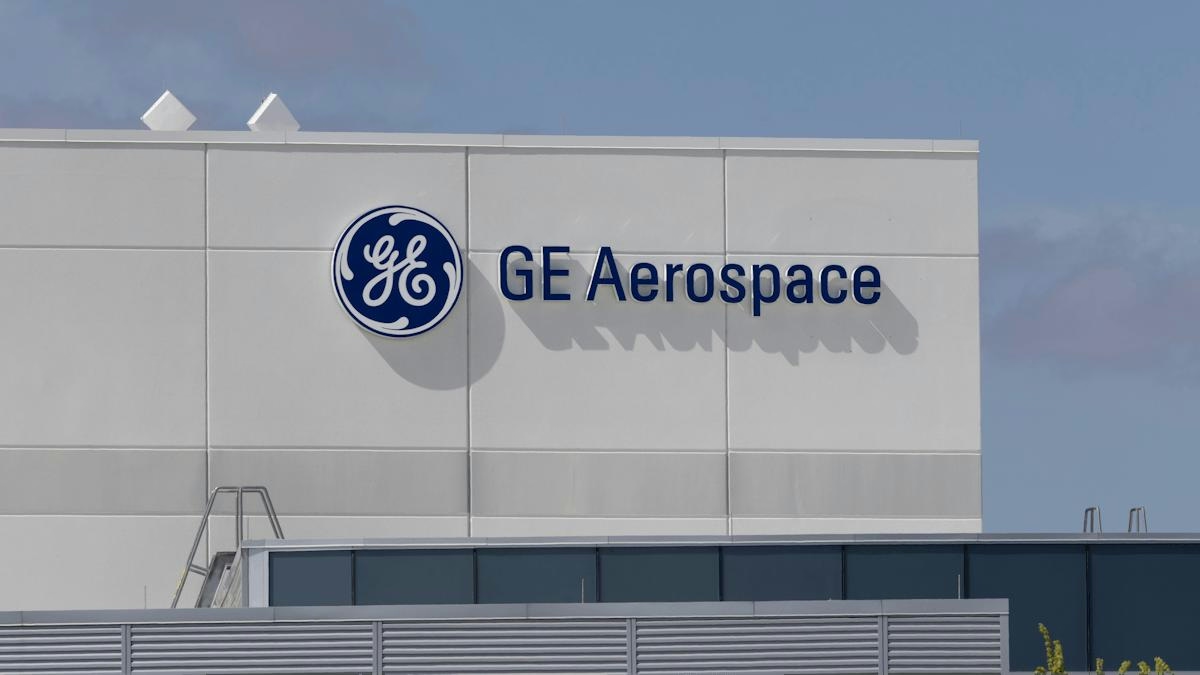
GE Aerospace Expands North Carolina Facility with $53 Million Investment to Address Supply Chain Issues
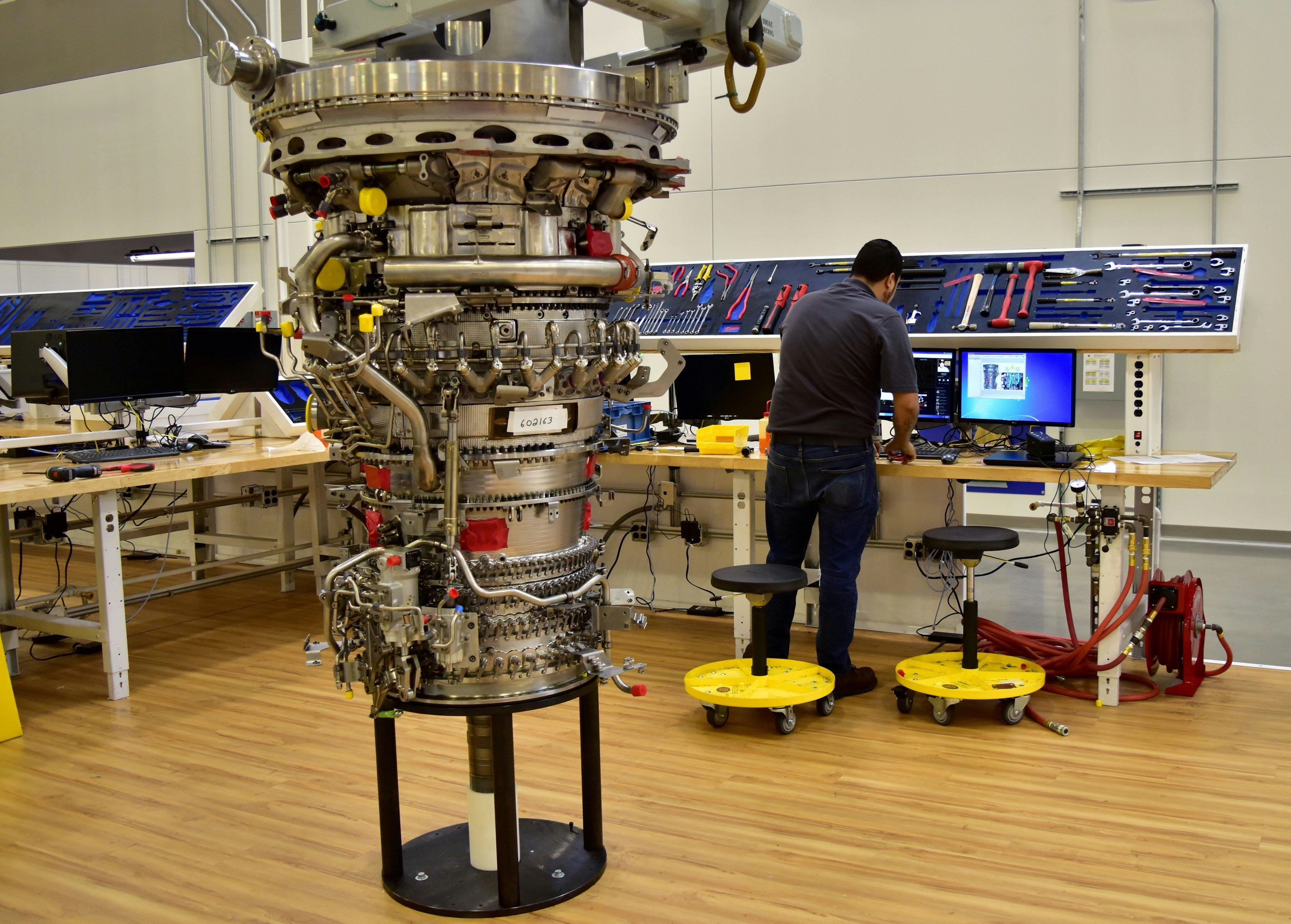
Manufacturer of China’s C919 Secures Capital Injection Amid Supply Chain Issues

Africa’s Aviation Sector Adopts AI Amid Challenges

FTAI Aviation Shares Rise 6.3% Following AI Partnership with Palantir

Airports Innovate 2025 Shapes the Future of Aviation
